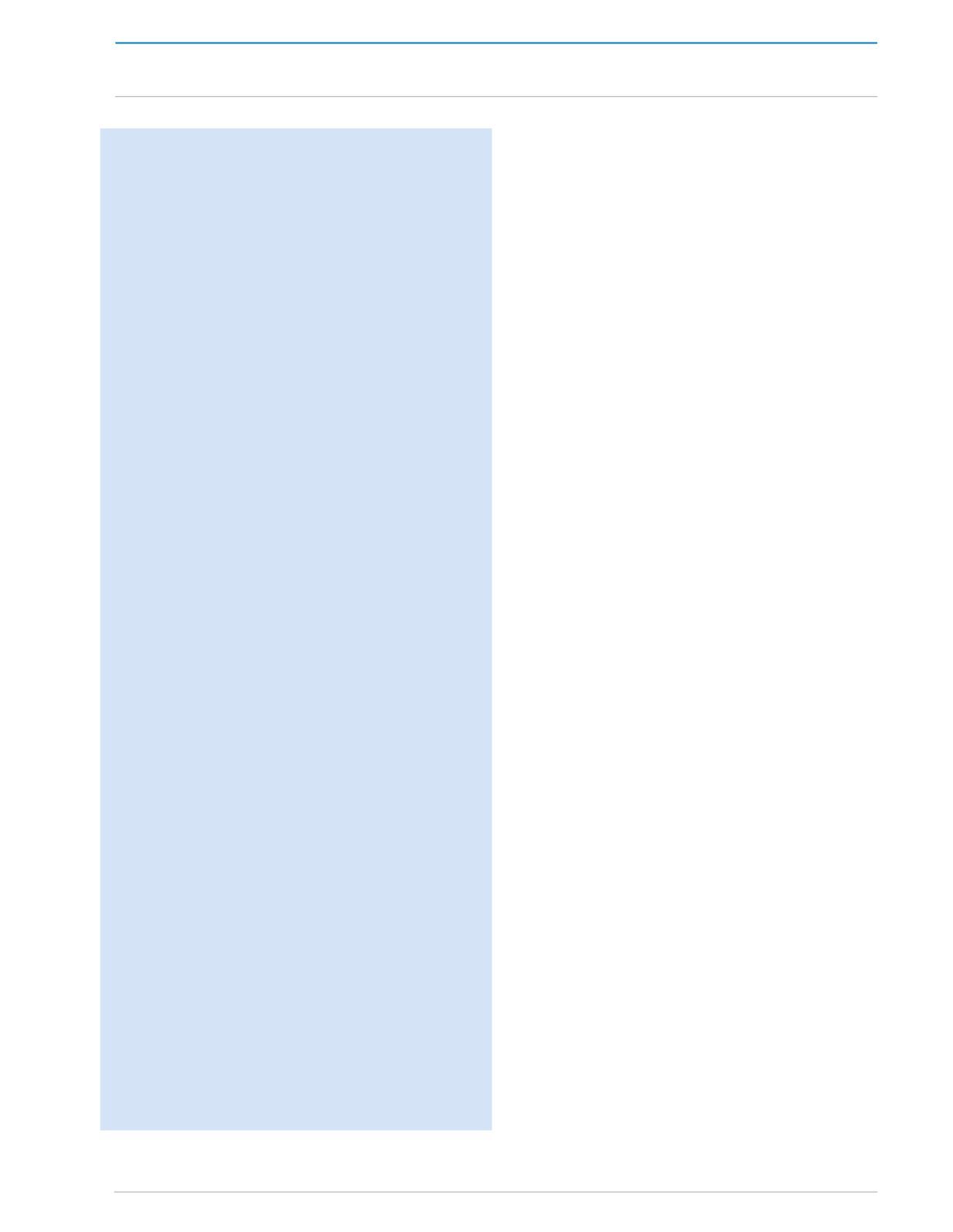
REVIEW OF THE ECONOMY 2013
55
SUSTAINING GROWTH, SECURING PROSPERITY
Box 1:
First Citizens Bank’s Initial Public Offering
First Citizens Bank is a full service bank that conducts a
broad range of banking and financial services activities,
including consumer banking, corporate and commercial
banking, wealth and asset management, capital market
transactions, trustee and brokerage services and currently
has ten active subsidiaries.
For the year ended September 30, 2012, the Group
recorded a profit before tax of $714.2 million.
Following-on on a critical measure from 2011 National
Budget Statement, the Government of Trinidad and
Tobago intends to divest 20 percent of the equity holdings
of First Citizens Bank (FCB) by offering for sale to the
public 48,495,665 shares of no par value at TTD $22.0
per share payable in full on application. This is part of
Government’s policy for a capital markets programme to
widen and deepen the domestic capital market as a means
of expanding the domestic economy and in the process
improving productivity and generating quality jobs through:
1.
Promoting efficiency by exposing businesses and
services to the greatest possible competition;
2. Spreading share ownership as widely as possible
among the population as well as encouraging greater
participation by nationals in the ownership of state
enterprises; and
3.
Obtaining the best value for each enterprise which is
sold by the Government.
This divestment of a portion of Government’s interest in
FCBshouldprovide investorswitha long-terminvestmentin
the banking sector, add to total stock market capitalisation
and at the same time dampen inflationary pressures by
providing an attractive investment alternative.
The ordinary shares are being offered to all employees
of FCB locally and abroad, individual investors who are
nationals of Trinidad & Tobago, and institutional investors
such as, the NIB, registered Mutual Funds and the Unit
Trust Corporation to name a few.
The following key dates with regards to the distribution
should be noted:
1.
July 15, 2013- commencement date for the Offer for
Sale of ordinary shares;
2. August 9, 2013- final date for lodging applications (or
later at the discretion of the Issuer)
3.
August 30,2013- notificationof allotment of securities;
4.
August 30, 2013- electronic transfer of refunds via
Automated Clearing House (ACH); and
5.
September 6, 2013- Expected listing date
From all indications thus far this issue seems to have been
well supported by investors.
Market. A total of 204,000,000 units were listed
at an initial price of $25.00. Finally, on June 11th
2013, Bourse Brazil Latin Fund (BBLF) was listed
on the Exchange’s US Dollar Securities Market.
A total of 1,112,384 units were listed at an initial
price of US$10.00.
Primary Bond Market
The primary bond market continued its
creditable performance in light of current high
levels of liquidity and lethargic economic activity.
During the review period October 2012 to June
2013, eleven (11) bonds were issued on the
domestic capital market with an aggregate face
value of $3.3 billion. This compares favourably
with the performance of the market in the
previous comparative period, where eight (8)
bonds were issued with an aggregate face value
of just over $2.6 billion.
Over the period October 2012 to June 2013,
activity on the domestic capital market was
again dominated by the State sector with State
Enterprises issuing eight (8) bonds and the
Central Government one (1). These issues were
for a combined face value of $2,865.4 million,
and accounted for 86.7 percent of the total face
value of bonds issued. The Central Government
issue of a $1.0 billion bond with a maturity
period of seven (7) years, a coupon rate of 2.6
percent per annum represented the largest
single issue over the period. This was part of a
liquidity absorption exercise in collaboration
with the Central Bank of Trinidad and Tobago.
The dominant State Enterprise issuer was the
Home Mortgage Bank with a total of five (5)
floating rate bonds with a combined face value
of $802.4 million, each with a tenor of 10 years
and coupon rates ranging between 1.85 percent
to 2.25 percent.
The low interest rate environment is indicative
of the high levels of liquidity which continues to
prevail in the domestic economy. Even with a low
interest rate environment private sector activity
on the domestic capital market remained
THE MONETARY SECTOR


